Local Attractions
Local excursions to Malingshan and other nearby areas within Xuzhou region can be arranged with a staff accompaniment to assist with translation and transportation. Collective long-distance trips can be arranged for groups of students with assistance from the academy staff. Should you have any questions about this during your stay, talk to a staff member to discuss arrangements.
Local Landmarks
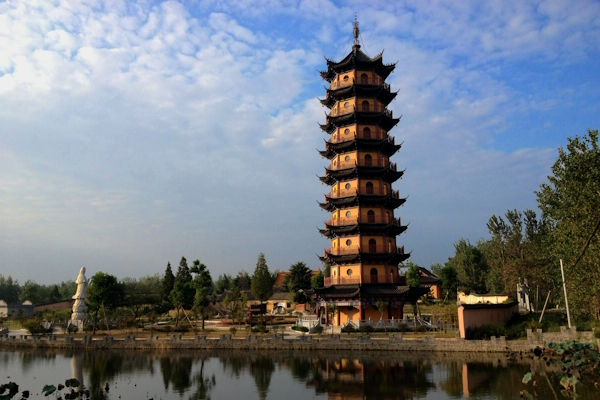
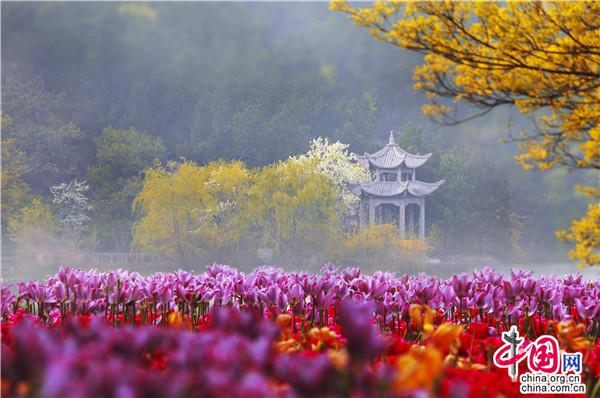
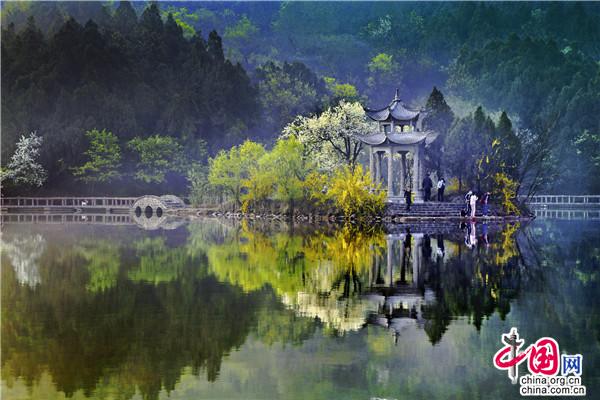
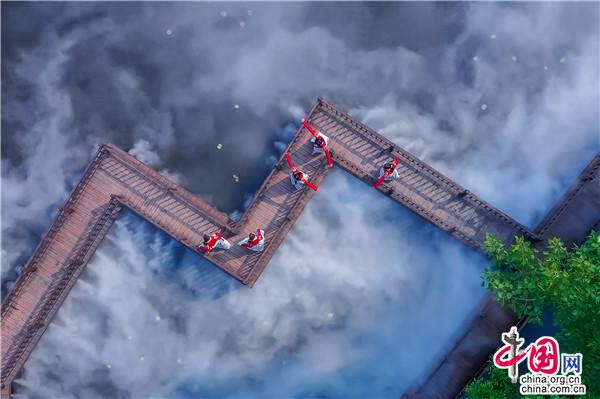
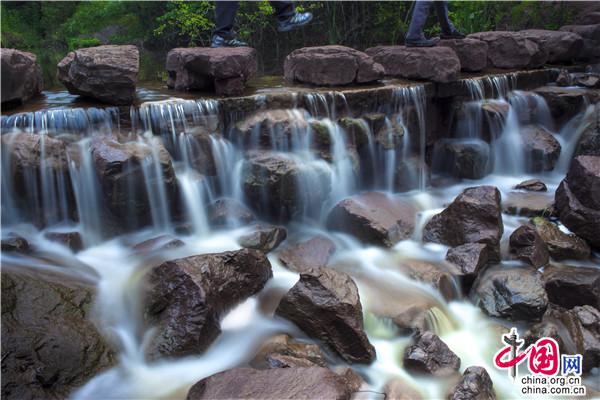
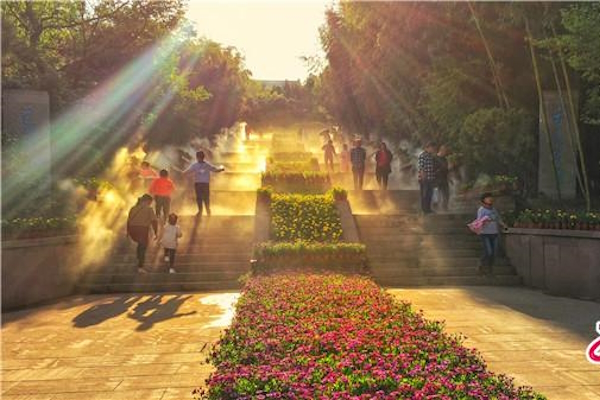
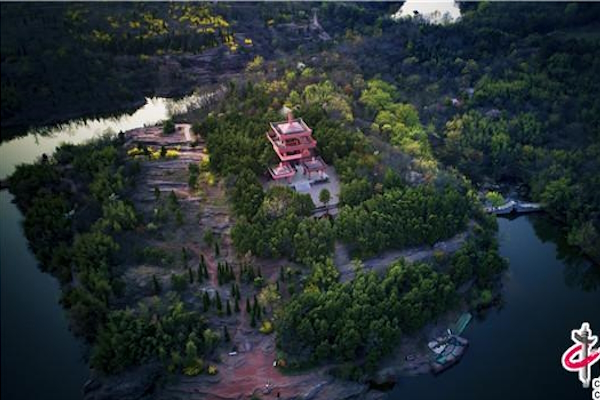
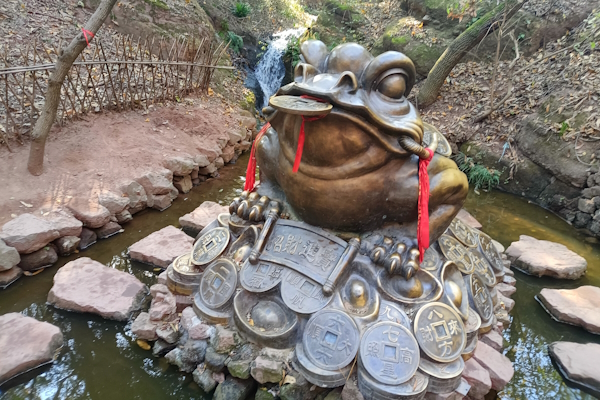
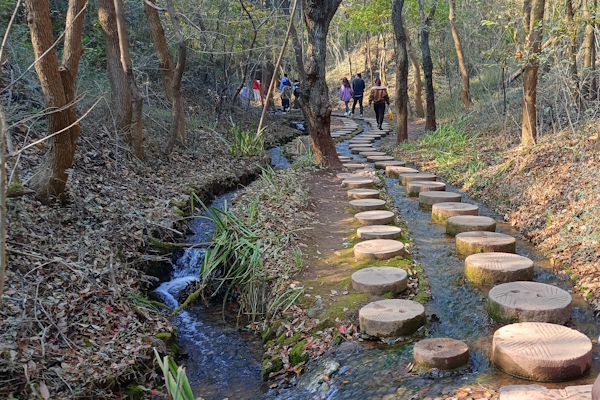
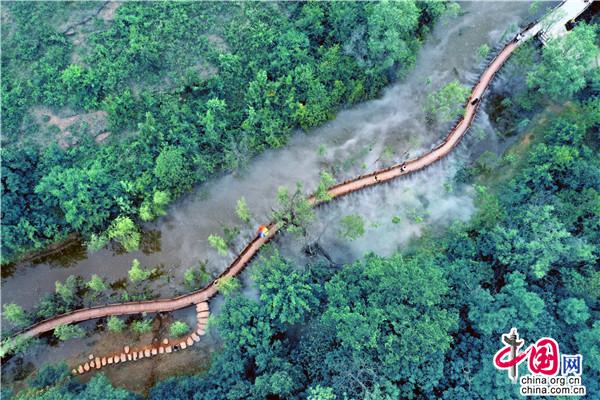
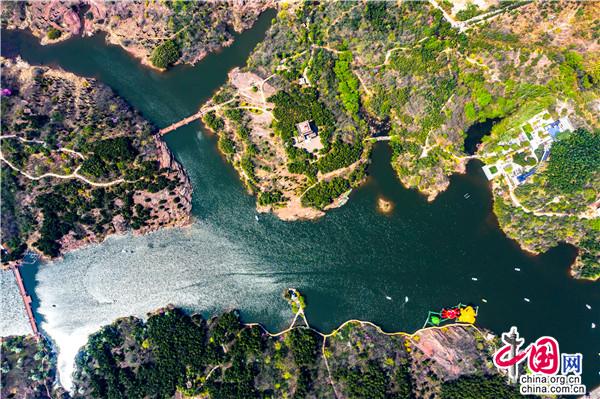
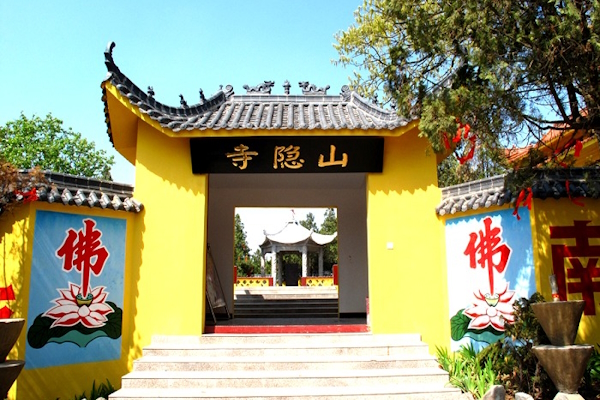
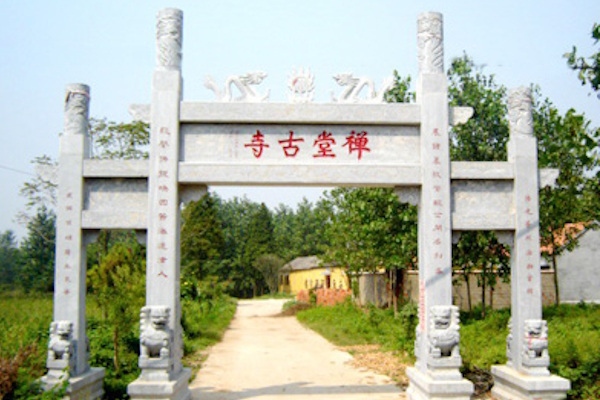
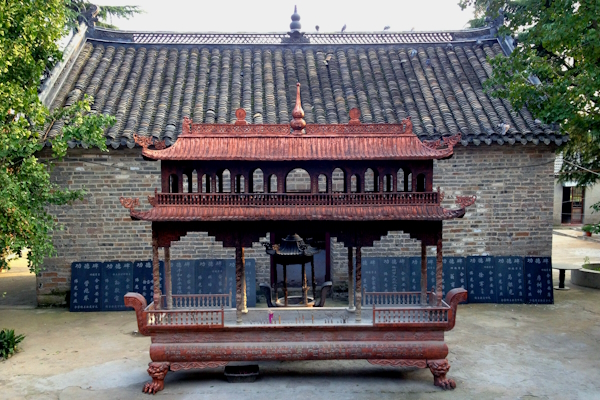
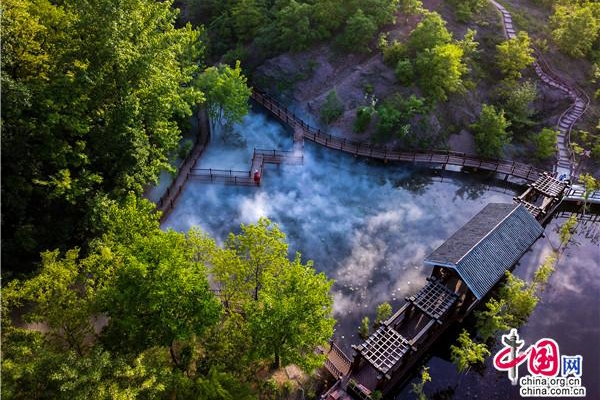
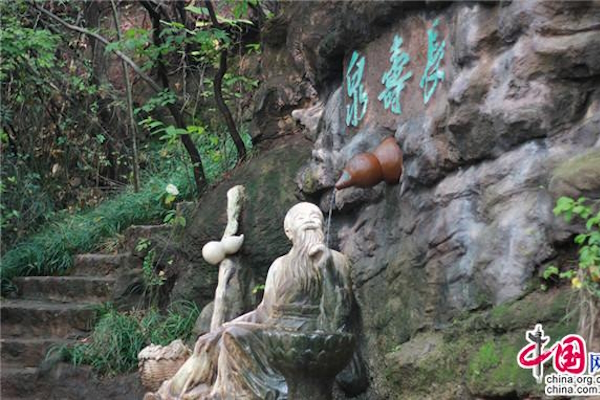
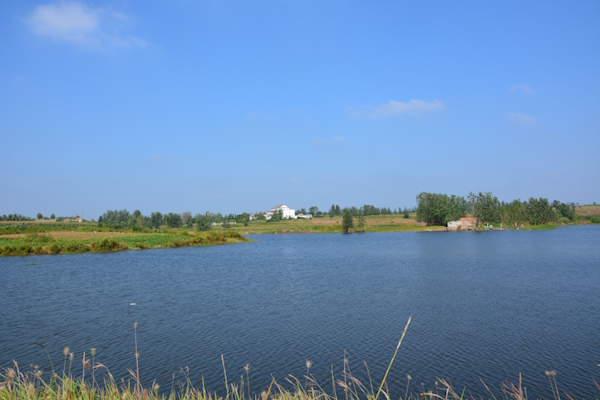
Malingshan, located south of Xinyi and directly next to the academy, is renowned for its breathtaking natural beauty and cultural significance. The mountain, often referred to as “Maling Mountain” or by locals as “Five Sisters Mountain,” is a sacred site in Chinese folklore and Daoist tradition, known for its tranquil forests, cascading waterfalls, and serene temples. The Five Sisters are in fact nestling hills, collectively called Siwu Mountain in ancient times, named Fengshan Hill, Doushan Hill, Tiger Hill, Nanna Hill and Daylily Range. Visitors can hike along scenic trails, immersing themselves in the lush greenery and enjoying panoramic views of the surrounding landscape. The mountain is home to such ancient temples as the Maling Temple and Chantang Temple, where visitors can explore the rich history and spirituality of the region. Malingshan’s blend of natural splendor and cultural heritage have made it a popular destination in northern Jiangsu. Such is its beauty that it drew Emperor Qianlong of Qing Dynasty to its elegant landscape three times, resulting in several lines of poetry praising its magnificence and another name still echoed in the annals of history: 五华, the “Five Magnificent.”
Xuzhou Region
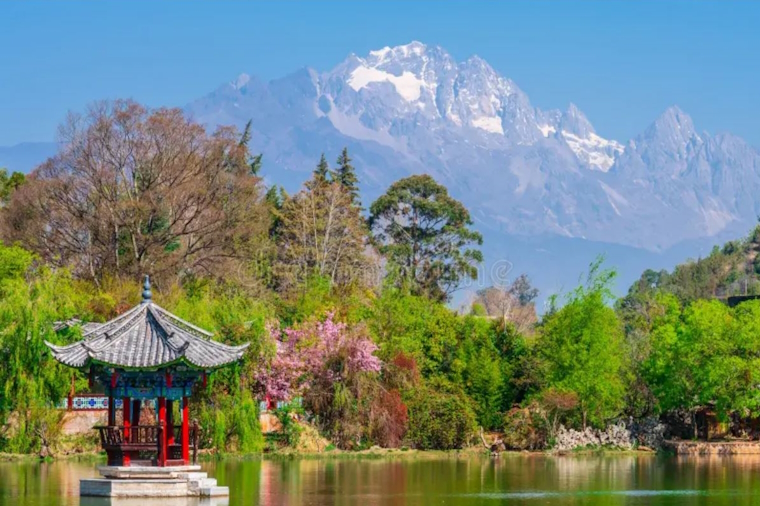
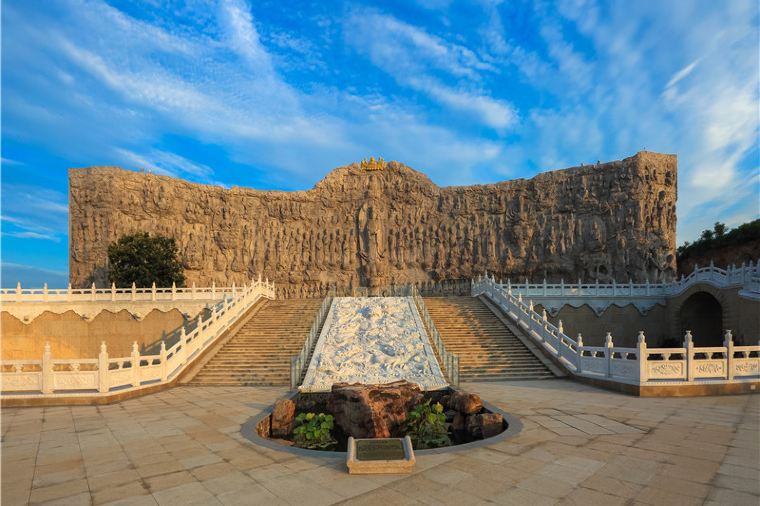
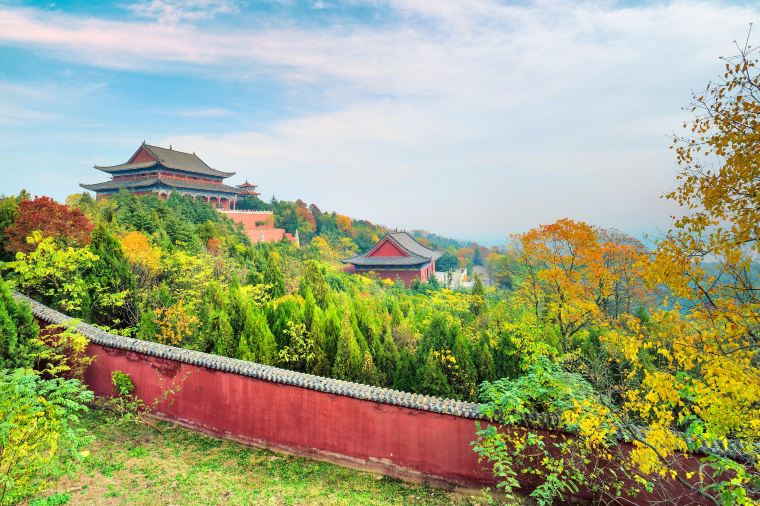
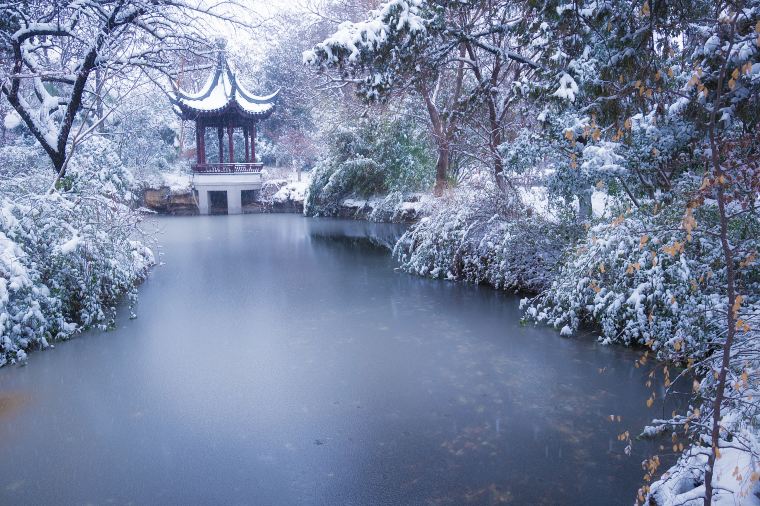
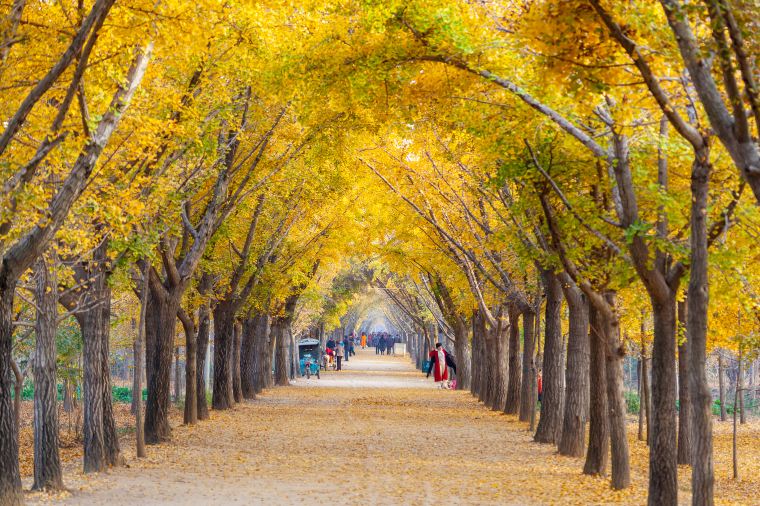
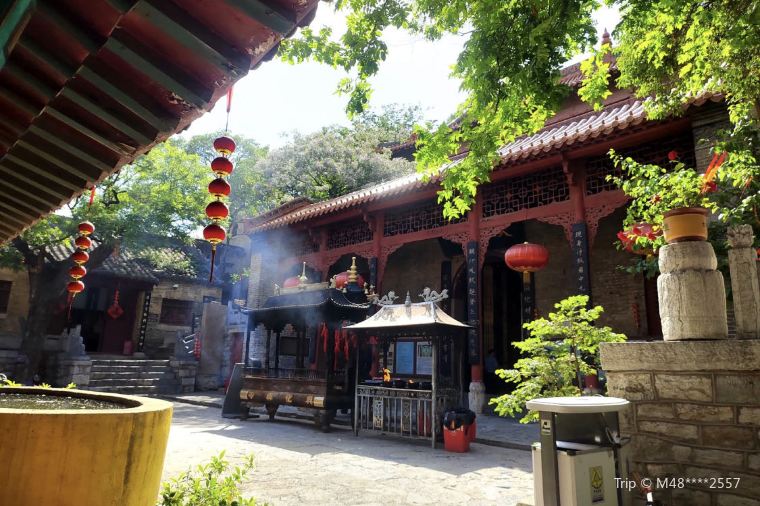
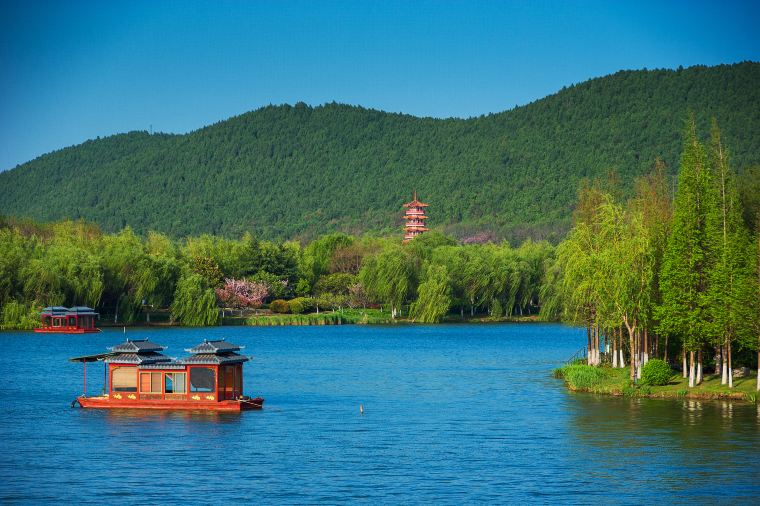
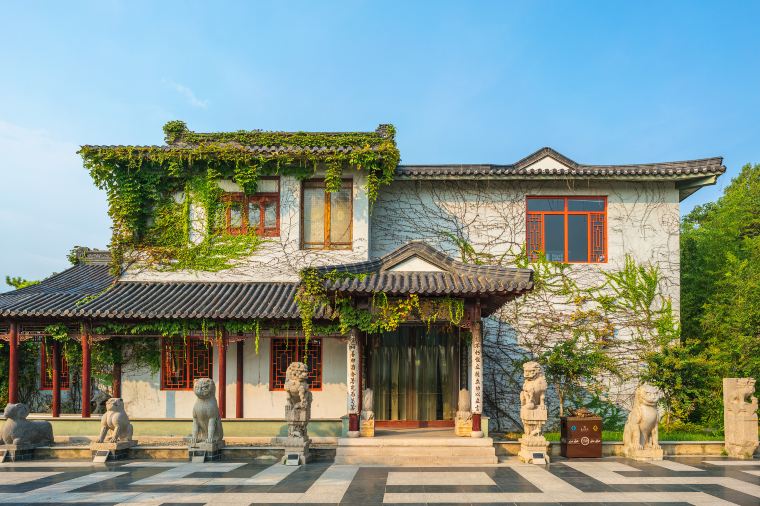
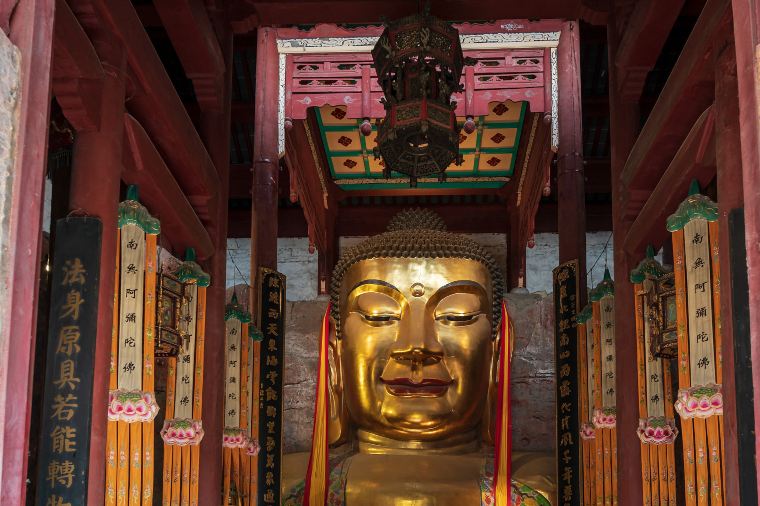
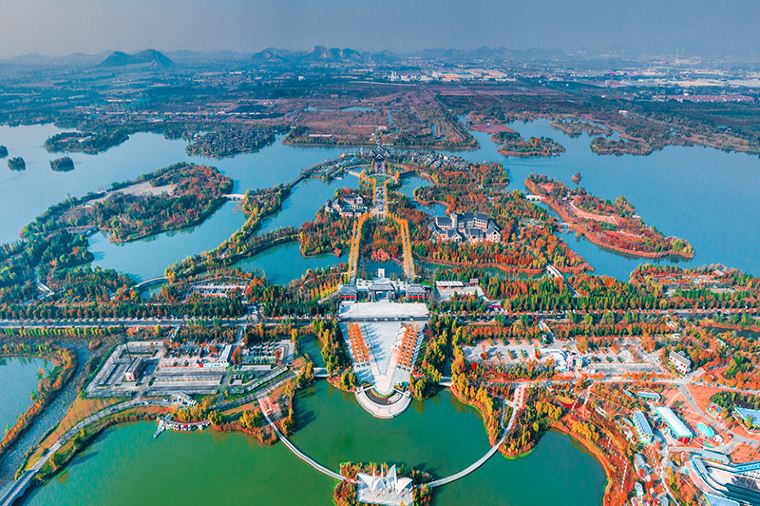
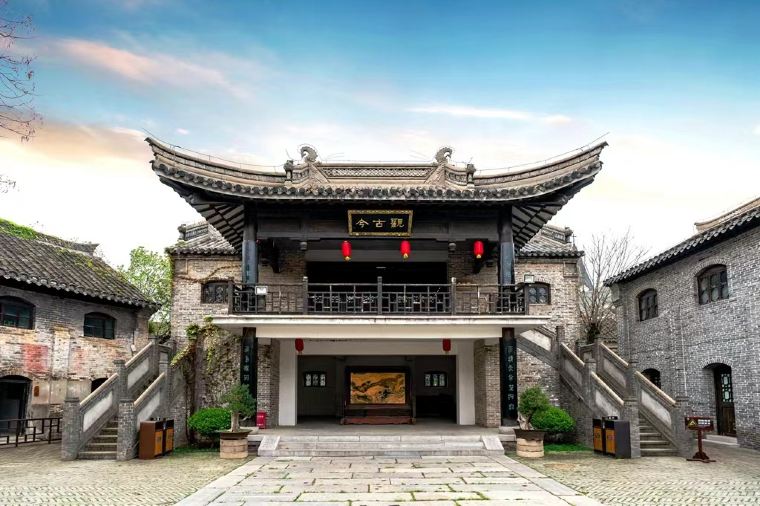
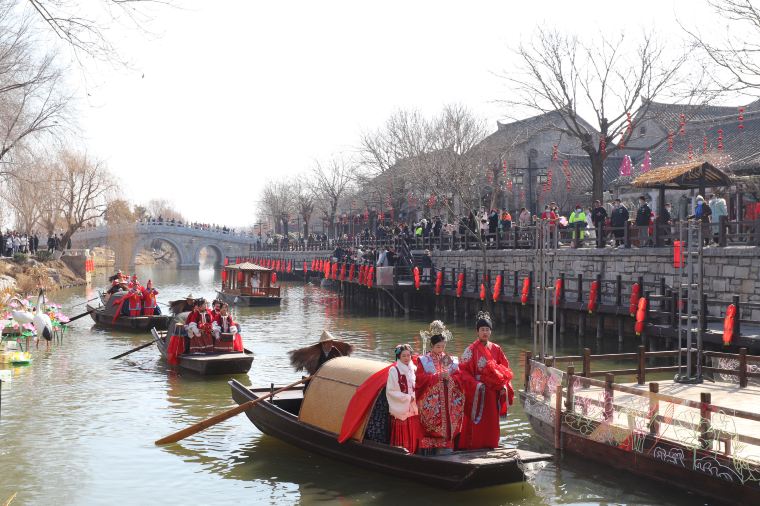
With a history of 2,600 years, Xuzhou is a historical city with critical strategic importance throughout Chinese history. The town was once named Pengcheng during the Qin and Han dynasties and was the hometown for Liu Bang, the first emperor of the Han dynasty (206 BC− 220 AD).
Located in northern Jiangsu Province, Xuzhou boasts a rich tapestry of natural beauty and biodiversity, a blend of characters from both the North and South of China. From the serene shores of Yunlong Lake to the picturesque landscapes of Pan’an Lake Wetland Park, the region is adorned with stunning vistas. Its diverse topography includes rolling hills, lush forests, and fertile plains, providing a habitat for a wide range of flora and fauna. Additionally, Xuzhou is home to the majestic Yunlong Mountain, offering panoramic views and hiking trails for outdoor enthusiasts. Whether exploring its scenic parks or admiring its tranquil countryside, Xuzhou captivates visitors with its harmonious blend of natural wonders.
Popular Student Destinations
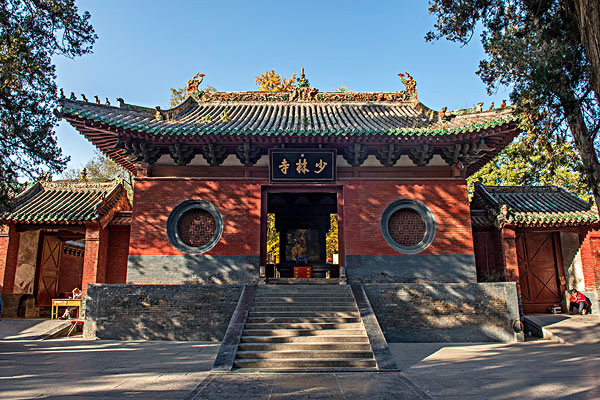
The Shaolin Temple
The Shaolin Temple, located in Henan Province, China, is a renowned Buddhist monastery famous for its association with martial arts, particularly Shaolin Kung Fu. Dating back over 1,500 years, it is not only a center for spiritual practice but also a cultural icon, attracting visitors from around the world.
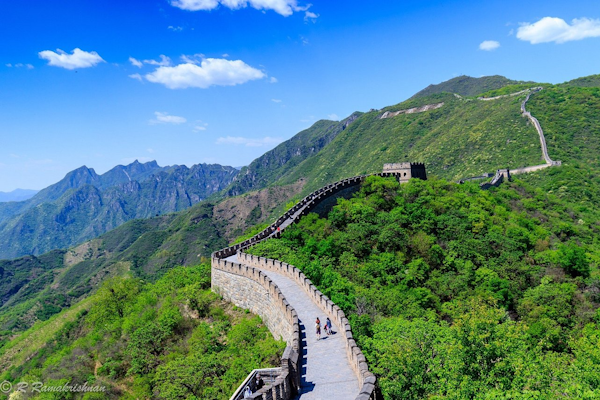
Great Wall of China
The Great Wall of China is an ancient fortification system made of stone, brick, tamped earth, wood, and other materials, stretching over 13,000 miles across Northern China. Originally built to protect China from invasions, it is one of the most impressive architectural feats in history and a UNESCO World Heritage Site.
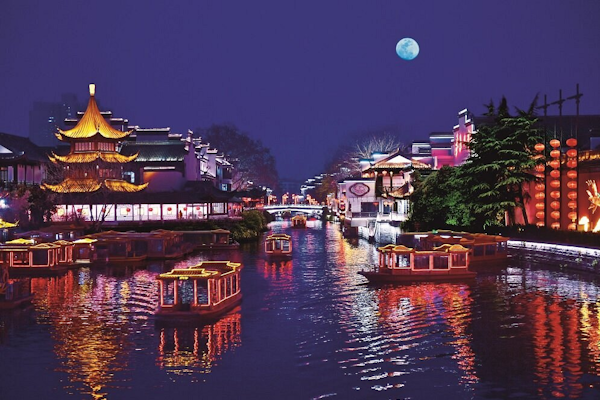
Confucius Temple
Centered around the ancient architectural complex called Confucius Temple (Fuzi Miao), the Qinhuai River and Ming City Wall string up major attractions such as Bailuzhou, Laomendong, and Grand Baoen Temple, forming an open scenic area that combines natural scenery, history, and cultural sites.
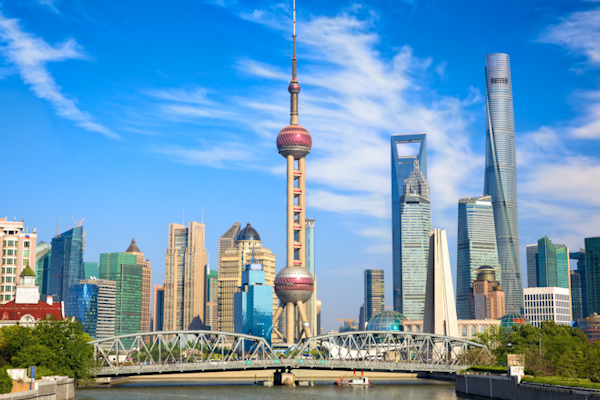
The Bund of Shanghai
This is a designated section of Shanghai’s port along the Huang Pu River lined with beautiful neo-classical buildings and a waterfront promenade that is packed with tourists, locals and street sellers.
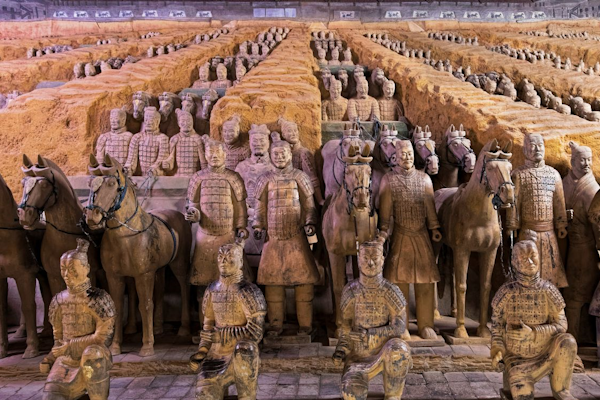
Terra-Cotta Warriors
One of the most significant archaeological finds in the world, this 16,300-square-meter excavation reveals more than 7,000 life-size terracotta figures of warriors and horses arranged in battle formations.
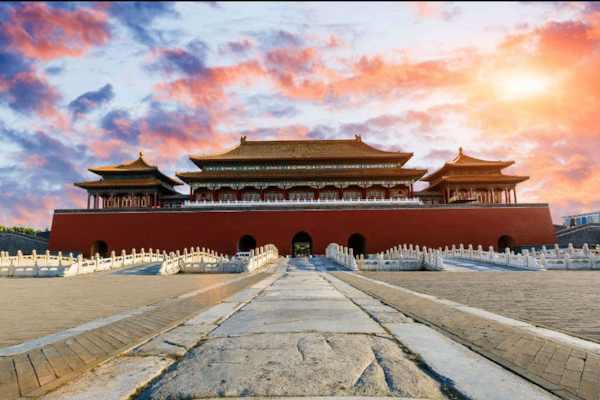
The Forbidden City
Consisting of more than 9,000 rooms and spread over 250 acres, this huge palace complex was built in the 15th century and later extensively renovated and restored during the Qing Dynasty in the 18th century.

